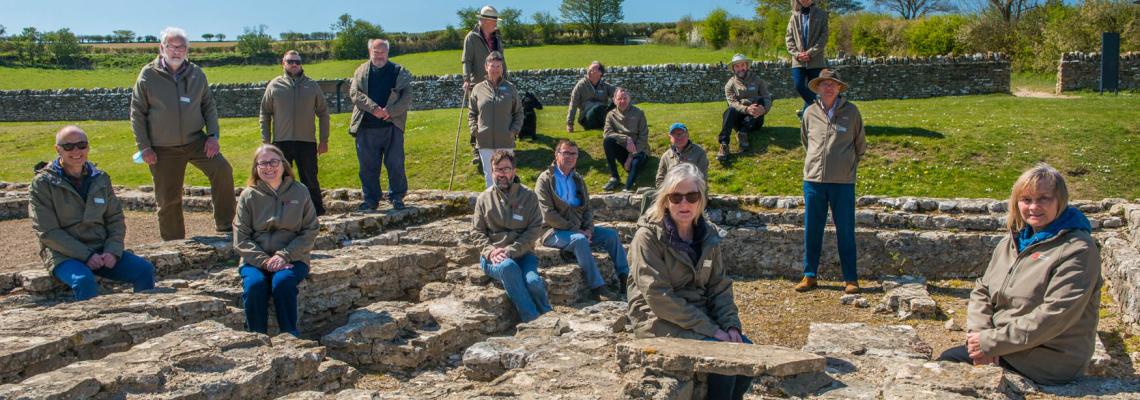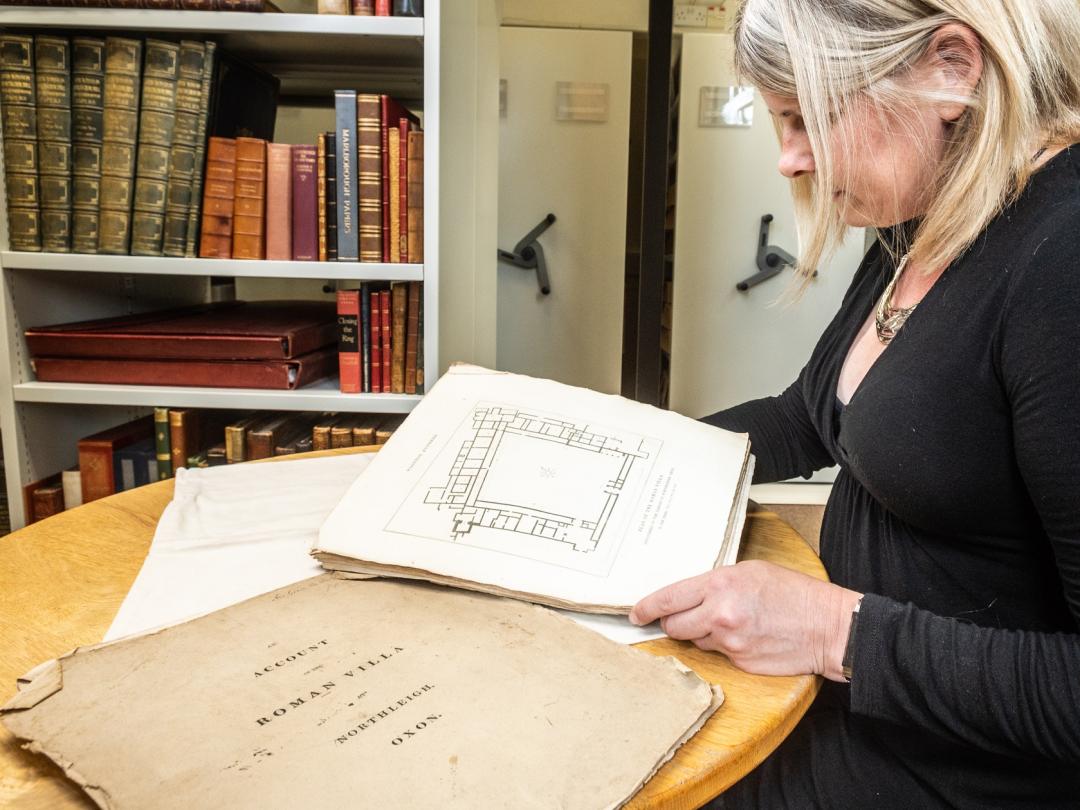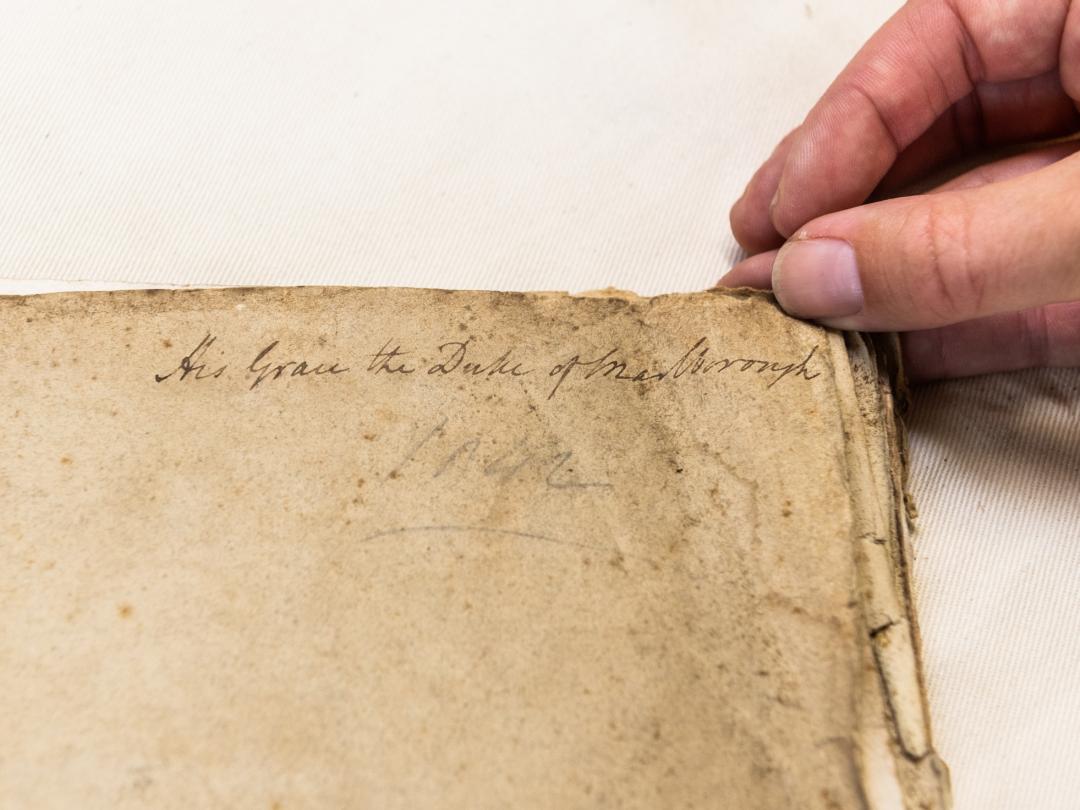In its heyday North Leigh Roman Villa in Oxfordshire had a total of 60 rooms; including three bath suites, 16 rooms containing mosaics and 11 more with under-floor heating.
The villa remained buried for almost 1,500 until 1813 when it was excavated by architect Henry Hakewill on land we own.
Hakewill worked on the site for four years (1813-16) just as the Napoleonic Wars were ending and wrote a guide to his excavations shortly after the dig was completed.
Among the most spectacular finds was a near-complete mosaic floor, which was almost entirely carried away by locals within a week of having been dug up.
The destruction was so complete that only the detailed drawing of the mosaic in Hakewill’s guidebook survived.
Writing in the guide he commented: ‘When first discovered in September, 1815, the pavement was entire, except a small part in the south-east corner, and a circular compartment in the middle of the room but such was the eager curiosity of the country people who, on the Sunday following the discovery, flocked in crowds to the spot, that before any precautions could be adopted the pavement was much injured.’
In addition to the mosaic floor, many other historic features, described in the guidebook, have been entirely lost in the two centuries since the dig took place.
It was only when a fragile copy of Hakewill’s original reports was discovered by Dr Alexa Frost, Blenheim Archivist among miscellaneous rent books dating from the 1950s the true extent and detail of the magnificent villa’s decoration and layout was rediscovered.
“We received an enquiry from the North Leigh Roman Villa Volunteers about Hakewill’s guide but it was really only by chance that I came across it while going through a collection of uncatalogued papers,” said Alexa.
“It’s in a relatively fragile state, however it’s complete and it tells a fascinating story of what the site looked like at the time it was first excavated.
“While there are copies of the guide at places like the Bodleian Library and later versions do incorporate many of the drawings from the dig, it’s still quite a significant event to discover an original version here at Blenheim
“You can faintly make out the words ‘His Grace the Duke of Marlborough’ on the front of the guide so it’s probably his original copy, which may well have been presented to him by Hakewill himself,” she added.
Matthew Lee who helps to organise North Leigh Roman Villa Volunteers described the guidebook’s re-discovery as ‘tremendously exciting’.
“Hakewill’s guide provides details of colours, patterns on walls, floors and ceilings, that were one and a half thousand years old when he found them, and many of which have been entirely lost in the subsequent 200 years,” he said.
“This little volume will help unlock visitors' and our imaginations when it comes to visualising just how splendid the Roman Villa was,” he added.
Sadly lock-down has seen further damage occur to the site in the present day. Although the mosaic is safe, exposed stonework, especially in rooms with stone piers for underfloor heating, is in a fragile state and needs repair.
More than a tonne of loose and broken masonry has had to be removed from part of the site pending restoration work and visitors are being urged to respect the barriers and signs indicating where it is currently unsafe to go in order to help protect the site for generations to come.



